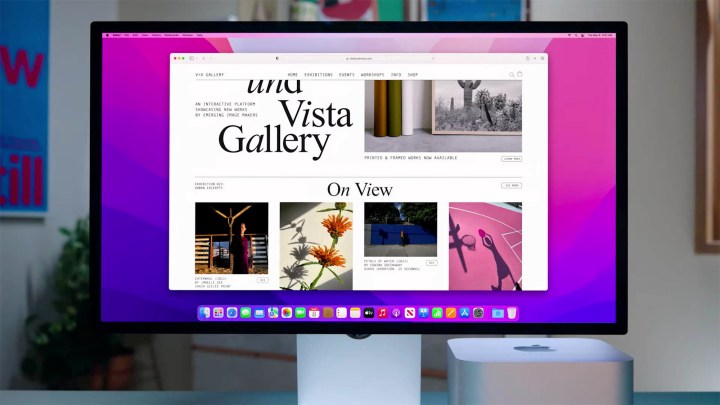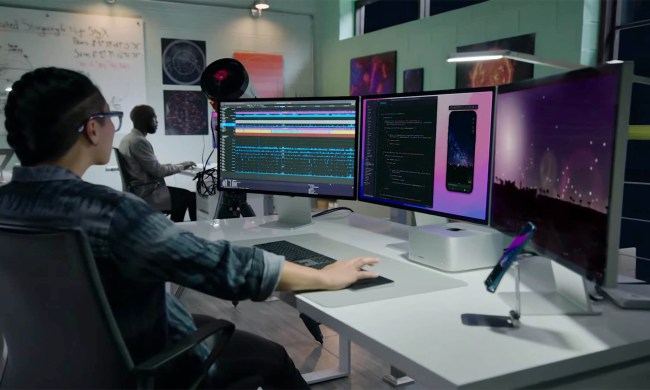The first reviews of Apple’s new Studio Display have been released, with journalists having harsh opinions toward the 12-megapixel ultrawide front camera on the 27-inch display.
While many expected the Studio Display to be the next step in Apple’s PC future due to its 12-megapixel lens and its A13 Bionic chip, the video and photo capture capabilities on the peripheral have left reviewers disappointed.

Wall Street Journal reviewer Joanna Stern compared the image quality of the Studio Display to that of an “old BlackBerry,” detailing that photos taken from the webcam came out “grainy and washed-out.”
The Verge editor Nilay Patel similarly described testing the webcam on several apps, including FaceTime, in Zoom, in Photo Booth, in QuickTime, as well as in good light and low light, and connecting the display to both the new Mac Studio desktop and his MacBook Pro, to be met with abysmal results in all situations.
You can be the judge of the webcam quality. More shots in my video: https://t.co/lYQjFnqFI9 pic.twitter.com/sEWkpDIs7t
— Joanna Stern (@JoannaStern) March 17, 2022
Apple has since responded to journalists stating that the company has “discovered an issue where the system is not behaving as expected” and will be “making improvements in a software update.”
Studio Display has received positive reviews on its slim design and texture, and speaker and microphone quality. Many reviewers judged the actual SDR display to be merely average overall — considering Apple has many product options that include HDR, as well a maximum brightness much higher than the 600 nits provided by this peripheral.
Studio Display will be on sale starting on Friday for a cool $1,600 and is set to pair with Apple’s M1 Ultra-powered Mac Studio desktop, which will start at $4,000. Both products were announced at Apple’s spring event on March 10.
Apple showcased its A13 Bionic-powered 12-megapixel ultrawide front camera as a highlight feature of the Studio Display. The 5K aluminum-built display also features a 30-degree tilt base, Center Stage software, a three-mic array, and six-speaker sound with four woofers, two tweeters, and spatial sound, as well as a 96 watts-per-hour power source, and silver and black keyboard options.



